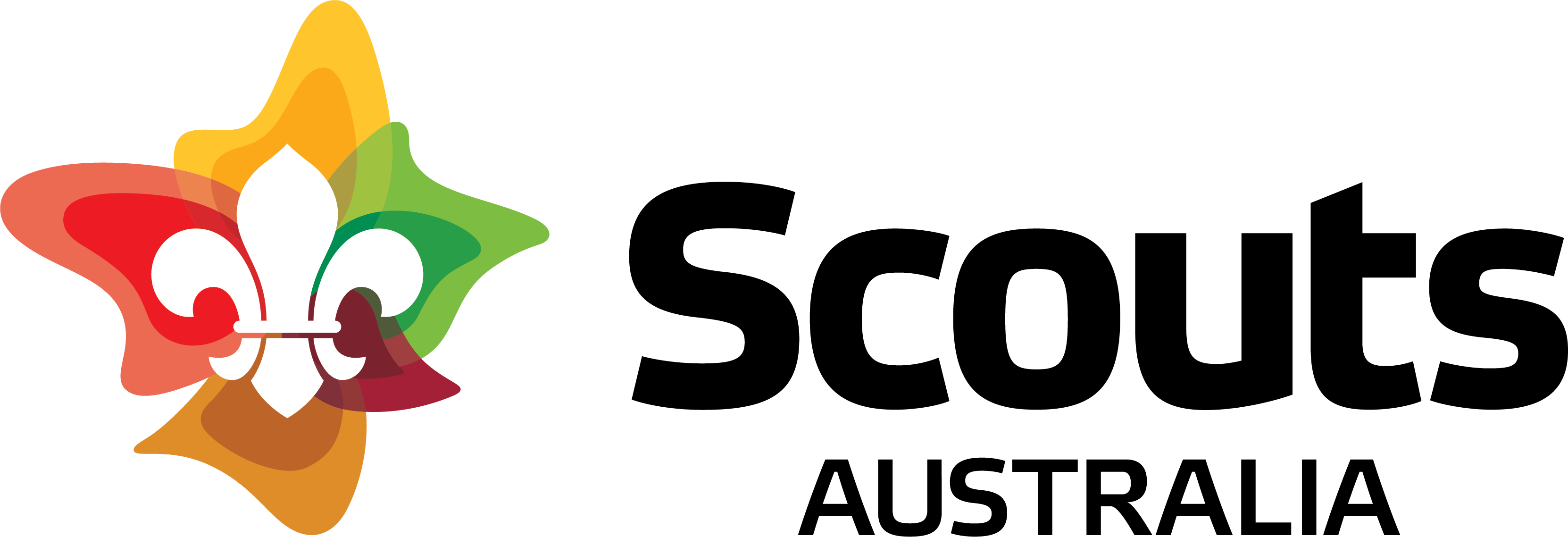The Educational Proposal of Scouts Australia describes how our youth program, a non-formal program of personal development for children, adolescence, and young adults, is complementary to formal education. It sets the scene for the context in which we operate, including describing the needs, desires, opportunities, and challenges facing 21st Century young Australians, and Scouting’s role in preparing young people to be active citizens.
This is the third edition of Scouts Australia’s Educational Proposal. The first edition was made available for download in mid-2016, and the second in 2018.
Worldwide, Scouting is an educational movement of young people, supported by adults. The Educational Proposal enables Scouts Australia to explain to the Australian community how the Scout youth program meets the developmental needs of young people in Australian society, in accordance with the Purpose, Principles and Method of the Movement, and in line with the Mission of Scouting.
The audience for this document is mainly an external one. Elements might be used to support proposals to external bodies, such as governments and businesses, or for organisations we are looking to partner with. It also acts as a reference document for adult training, particularly as new adults are recruited into Scouting roles. It is important that all adults understand the importance of offering an attractive program, and be committed to a style of educational relationship based on the Scout Method.
The Educational Proposal is not a manual for the new youth program. It is based on the work of the Scouts Australia Youth Program Review, which began in earnest in 2013, and came to be the “new youth program” in 2019.
Any feedback on the content of this document should be forwarded to the Program Support Team via yp.support@scouts.com.au.
You can find the Educational Proposal in the Other Resources section of the PR site, under the Educational Purpose tab.
